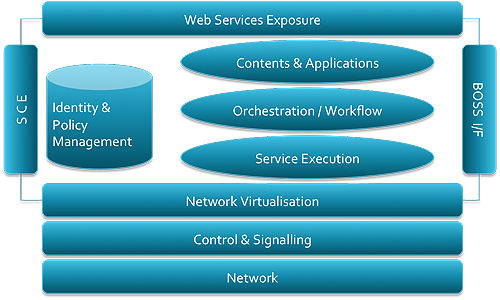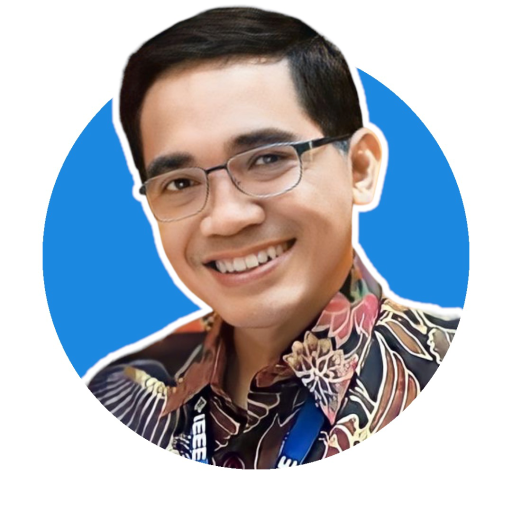It would not be my blog, had it not a discussion on Wagner :). DVD and CD of Wagner’s music & opera are hard to find in Indonesia (it was easier to find 10 years ago). So I need to be very lucky or have to literally escape from the country to find a good Wagner’s performance records. So far I have only 4 DVDs of Wagner’s visual performance: Die Götterdämmerung, Der Meistersinger von Nurnberg, Die Walküre I bought last month, and newly bought Siegfried.
Siegfried might be the least mentioned part of Der Ring Des Nibelungen tetralogy. But it is not the least important. Got stuck with the beauty of Die Walküre for months (many versions of music, excerpts, on stage performances, and complete operas), then the sound of hammer of Siegfried forging his sword fill in my ears, with acute violin & viola screams as the background, for weeks. It is Siegfried. The monologues, dialogues, and music are obviously written by a philosopher. Wagner was a comrade of Bakunin, a devout follower of Schopenhauer, and then a friend and mentor of Nietzsche.
Act 1 started with a gloomy dwarf who complained a lifetime oppression (reminds me to the opening of any Srimulat operas). He took care of thankless strong boy Siegfried, whom he gave food and taught wisdom. Came then Siegfried with a bear, fearless and careless. The dialogue opens our eyes what really happened. Mime taught with word, but his deeds were indeed ugly, just like Indonesian contemporary politicians. The cunning plan of Mime’s dialogue now reminds us of any Indonesian all low quality sinetrons. The fearless Siegfried was once copied in one episode of Astérix. OK, now you know that I watch sinetron, Srimulat, Astérix, and those ugly Indonesian political stages. Sorry to let you know :).
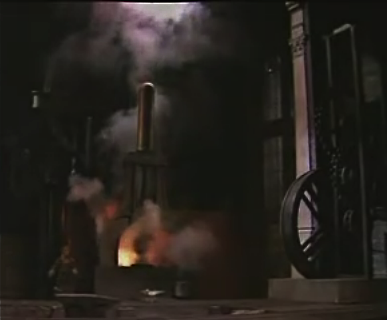
Back to Siegfried. Since Wagner’s year, Bayreuth is the center, and the standard, of Wagnerian culture. It sets new standard of the opera: in classical style, in contemporary style, in Star Wars mode, etc. In this 1980s records (of 1976 performance), the stage was shifted to display a huge smithing installation. A huge and quasi-functional :). That’s where in the fantastic visualisation Siegfried reforged his father’s Notung sword. As the strong sword was finished, the Act 1 ended.
Act 2 started with a gloomy music I have discussed a few years ago on Isnet mail group (discussing music as a way to communicate ideas). Then … then who cares. It is only a century old story :). Hahah :). I just impressed on how Siegmund (Siegfried’s father, performed in Die Walküre) is a total contrast to his son. The compassionate yet unlucky Siegmund carried the world upon his shoulder, loved his betraying god & father. Siegfried was totally free, fearless, careless, and took anything in his way in almost no expression on his face. Many criticized Manfred Jung because of his poor expression as Siegfried, but I think that’s the correct expression of a Siegfried. He could make the strongest sword (a stronger version of Notung), he could kill the dragon and cunning Mime without second thought. In Act 3 he could easily defeat his grandfather (who previously easily defeat his father, and frightened all powerful valkyries) and called him ‘coward!’ — plus he could find a lovely companion. That’s what Wagner’s concept of a hero. Let’s laugh at Wagner :). Let’s laugh at whoever wants to win the world, or the universe. Let’s laugh at ourselves.
No, Wagner knew that. He would then easily killed Siegfried in Götterdämmerung, in a stupid way :). The world needs no hero. And the god’s palace must be burnt. And that’s not the end. Life goes on. Gloomily or cheerfully as you may choose freely. You are the only one to choose the universe, to choose the way you are. Among Schopenhauer and Nietzsche, Wagner is possibly an existentialist. But let’s throw all labels. Let’s just live the life.


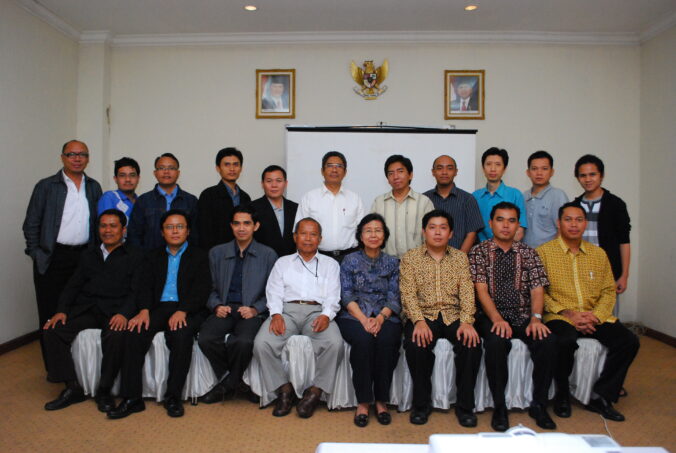
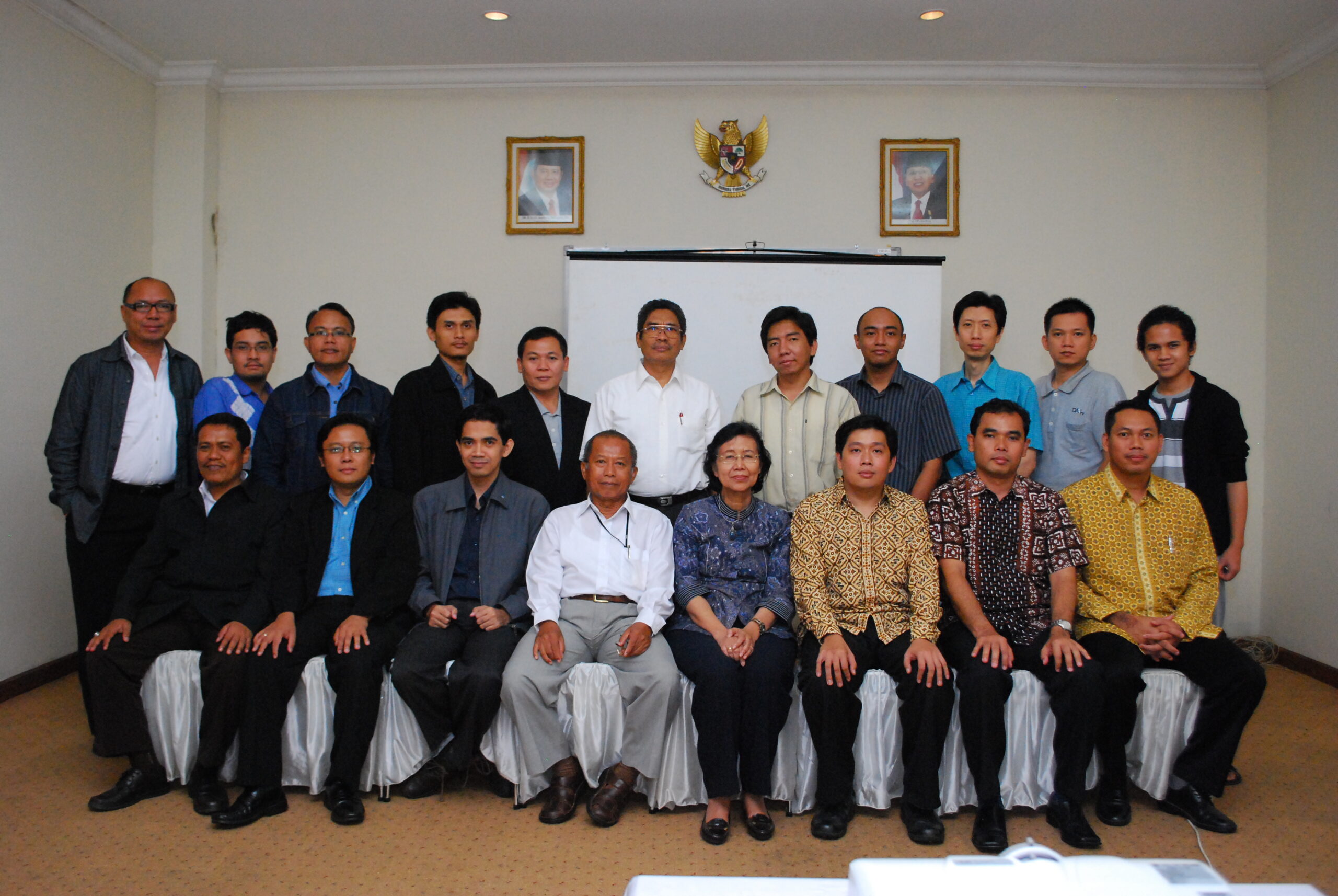
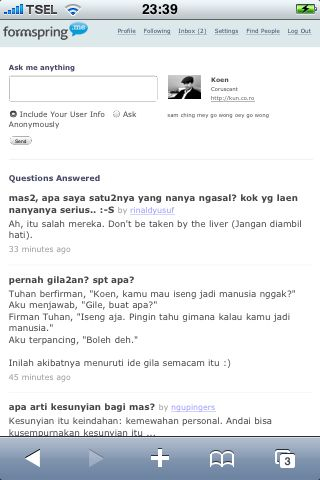 Here’s my account:
Here’s my account: 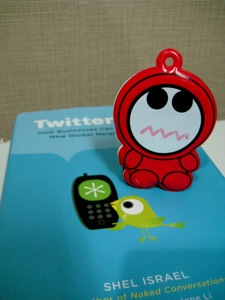 A devout blogger must know
A devout blogger must know 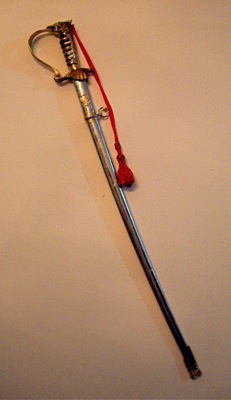 Then he proudly displayed his first email address on his business card. Always curious with technology. I still remember his article series, discussing the aspects of electronic war. And the nights we spent to discuss philosophical cases. And his old typewriter (AZERTY, not QWERTY), that he at last left for the wordprocessor in his computers. He loves playing with typefaces. But over all: the quality of the text itself.
Then he proudly displayed his first email address on his business card. Always curious with technology. I still remember his article series, discussing the aspects of electronic war. And the nights we spent to discuss philosophical cases. And his old typewriter (AZERTY, not QWERTY), that he at last left for the wordprocessor in his computers. He loves playing with typefaces. But over all: the quality of the text itself.